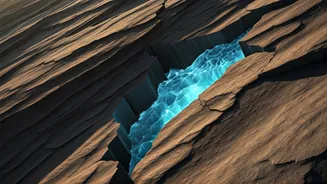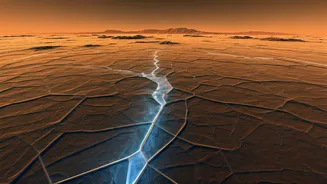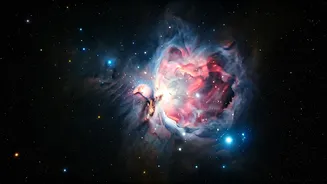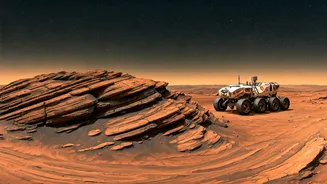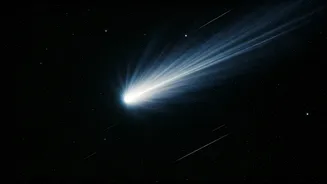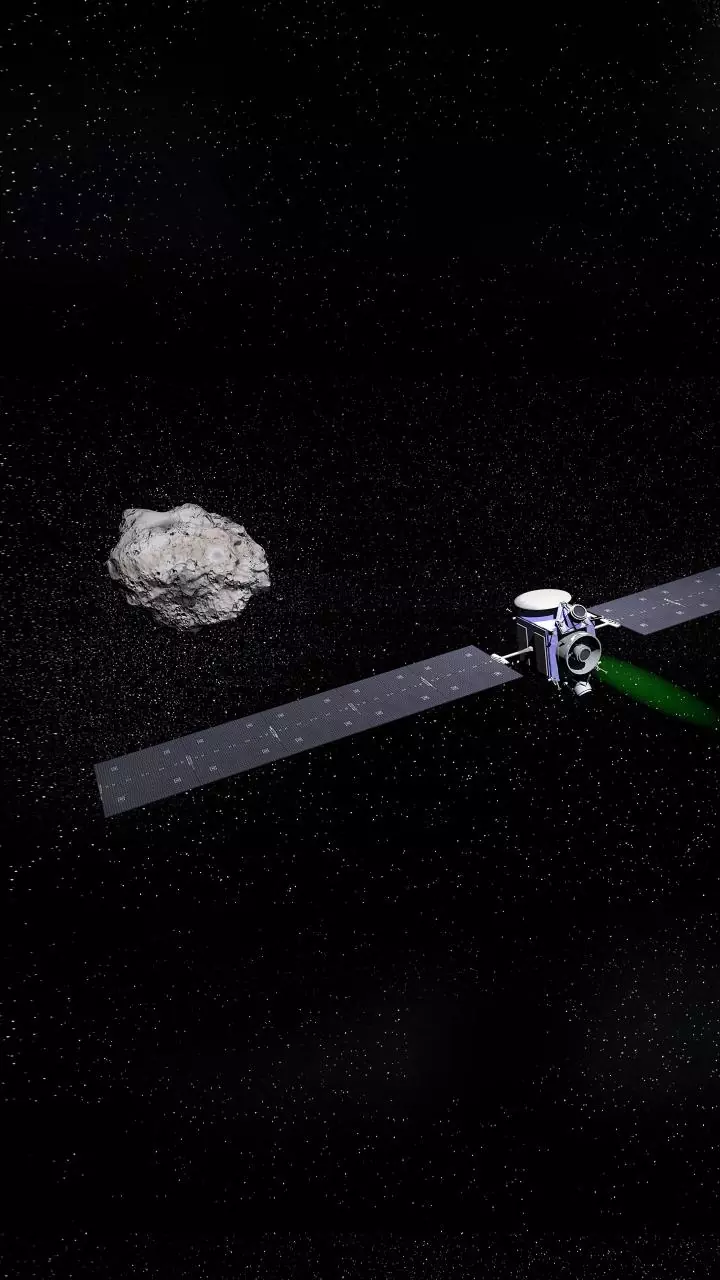Asteroid Ryugu's Secrets
The asteroid Ryugu has emerged as a critical subject for scientific investigation, particularly due to its composition and the insights it provides into
the initial stages of our solar system. Scientists have meticulously examined samples from Ryugu, collected through a Japanese space probe, revealing the existence of water molecules dating back approximately a billion years. These samples, brought back to Earth, have allowed for detailed analysis using sophisticated techniques. The analysis has not only confirmed the presence of ancient water but also helped in identifying its isotopic composition, which provides valuable information on the origins of the solar system. The significance of this discovery lies in its potential to transform our understanding of how water was delivered to Earth and other planets, thus setting the stage for life.
Water Flow Uncovered
The research on Ryugu's samples has presented compelling evidence of water flow activity on the asteroid in the distant past. The analysis highlighted that water was not just present but also interacted with the minerals within the asteroid. This interaction resulted in changes in the mineral structure, which are now being studied to determine the conditions under which this water flow occurred. The research has revealed that the water flow happened billions of years ago, potentially in the early stages of the solar system's development. Studying these interactions helps to shed light on the conditions that prevailed in the asteroid's history, including temperature and pressure, and the availability of the components necessary to sustain such activities. Furthermore, this also sets a basis for exploring the history of water in the cosmos and its potential role in the distribution of life.
Implications for Early Earth
The revelation of ancient water traces on Ryugu has important implications for understanding the origin of water on Earth. It is theorized that asteroids such as Ryugu might have been one of the principal sources of water delivered to our planet during the solar system's formative years. The analysis of Ryugu samples supports this theory by providing evidence of water molecules. Scientists are investigating the isotopic composition of the water found in the asteroid, which closely resembles the water found on Earth, adding weight to the idea that asteroids were significant contributors to our planet's hydrosphere. This understanding has implications for assessing the possibility of finding water on other celestial bodies and understanding the fundamental conditions required for life to flourish beyond Earth.
Scientific Breakthroughs Explained
The process of gathering and studying samples from Ryugu illustrates the advances in scientific techniques. The probe used to collect the samples had sophisticated instruments that enabled it to land on the asteroid, gather materials, and return them safely to Earth. These materials underwent detailed scrutiny, including high-resolution microscopy, mass spectrometry, and other advanced methodologies. The scientists were able to detect and assess the mineral compositions, water content, and isotopic ratios by using these instruments. The precision and thoroughness of these analyses offer detailed insights into the formation of the solar system. The project exemplifies international cooperation and the effectiveness of modern techniques in scientific research.
Future Research Pathways
The study of Ryugu is just the beginning; it opens doors for further exploration. Scientists are planning to analyze more samples from the asteroid, employing enhanced techniques to find more information. They want to further refine their understanding of the water's origin, the conditions under which it interacted with the minerals, and the role asteroids played in shaping our solar system. There are also efforts to send more probes to other asteroids and celestial bodies to gather more samples. These missions will help build a comprehensive understanding of the water’s distribution throughout the solar system, providing more clues about its origin and evolution. Such information could be vital in finding life-supporting environments beyond Earth.




